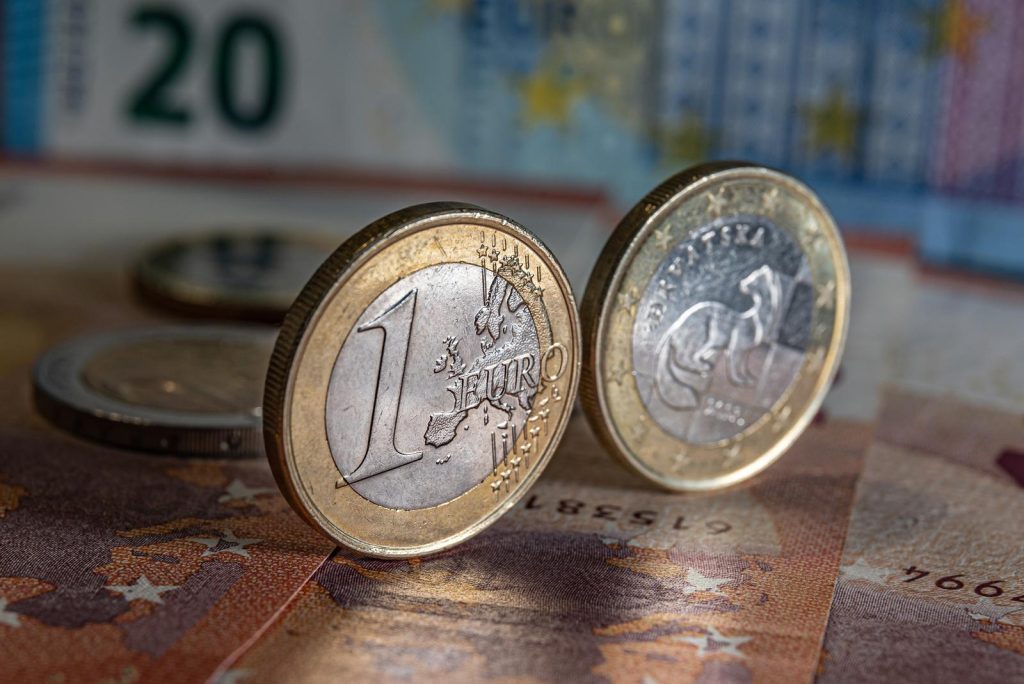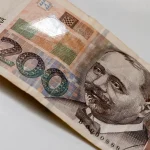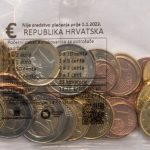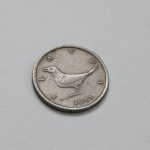As Poslovni Dnevnik writes, owing to the introduction of the euro at the beginning of this year, the Croatian Mint has had to produce a total of 650 million coins, about two-thirds of that work was carried out last year, and the remaining part – about 200 million Croatian euro coins in total – should be completed this year.
In the modernly equipped mint, which is owned by the Croatian National Bank (CNB/HNB), highly sought-after numismatic gold and silver Croatian euro coins are produced, and preparations are also being made for the possible production of euro coins for other member states of the European Union (EU) as well.
About four thousand Croatian euro coins come out of the machines in one single minute. In just over five months last year, the Croatian mint minted as many as 405 million coins. Work was carried out in three shifts, 24 hours a day, Roman Husta, director of production at the Croatian Mint, explained during his appearance on Dnevnik HTV.
“This year, we have basically the same amount of forging per minute, about 4 to 4.5 thousand coins is the average, but considering the reduced amount of forging tiles we’ve been receiving from our suppliers, we’ve been working at a slightly reduced pace,” Husta added.
The plan is to mint another 200 million Croatian euro coins
This year, the plans are to mint around 200 million more Croatian euro coins in order to reach the planned amount needed for the complete exchange of the former currency (the Croatian kuna) into euros. However, he noted, it’s currently difficult to estimate what the regular need for these euro coins will be over the coming years.
Estimates are currently being made of what the needs will be for next year. “We’re entering a large market as a small country. Each country has different experiences. We hope that there will be some kind of need that will make it possible to finance the continued life of this factory”, said Damir Bolta, President of the Management Board of the Croatian Mint.
In addition to money for circulation, numismatic coins, silver coins and gold coins are also produced in the mint on modern machines and tools. The latest Hum gold coin has attracted special attention from the public. Much like the Istrian destination after which it is named (the smallest city in the world) the coin is the smallest coin in the world, measuring even two millimetres in diameter.
“It was a challenge for us to show, in addition to making euro coins, that we’re capable of doing something more in other areas as well. So the idea was, why don’t we make the smallest coin, and so it was made. A happy solution for the motif is Hum in Istria, which has the status of the smallest city in the world,” said Bolta.
The Croatian Mint has entered the narrow European circle of only seventeen accredited institutions for the production of euro coins, so it’s possible that in the future it will apply for tenders to create coins announced by other member states of the European Union,” it was explained on HTV.
For more, make sure to check out our dedicated news section.











